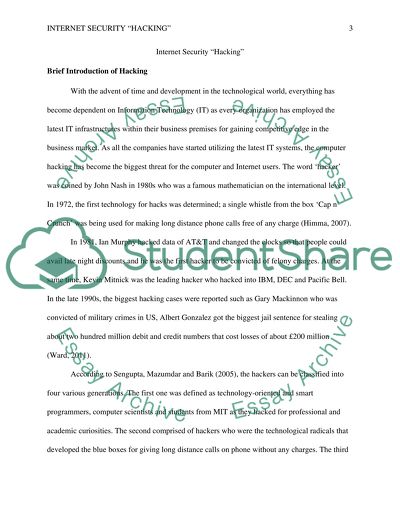Cite this document
(“Hacking Essay Example | Topics and Well Written Essays - 3000 words”, n.d.)
Hacking Essay Example | Topics and Well Written Essays - 3000 words. Retrieved from https://studentshare.org/miscellaneous/1612790-hacking
Hacking Essay Example | Topics and Well Written Essays - 3000 words. Retrieved from https://studentshare.org/miscellaneous/1612790-hacking
(Hacking Essay Example | Topics and Well Written Essays - 3000 Words)
Hacking Essay Example | Topics and Well Written Essays - 3000 Words. https://studentshare.org/miscellaneous/1612790-hacking.
Hacking Essay Example | Topics and Well Written Essays - 3000 Words. https://studentshare.org/miscellaneous/1612790-hacking.
“Hacking Essay Example | Topics and Well Written Essays - 3000 Words”, n.d. https://studentshare.org/miscellaneous/1612790-hacking.


